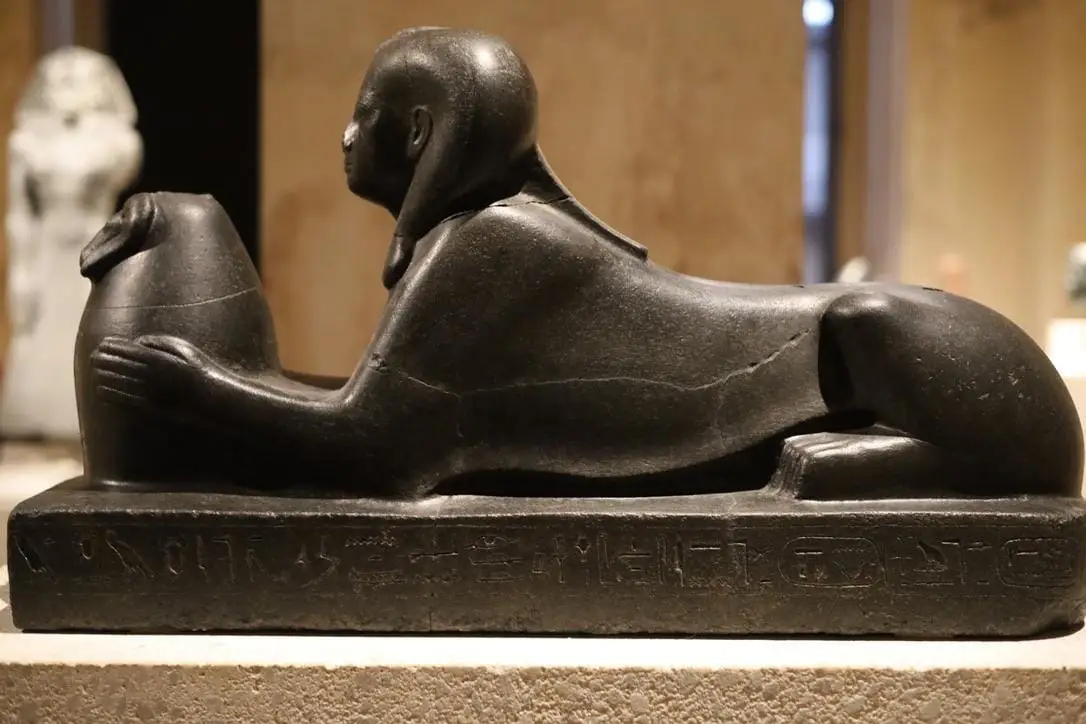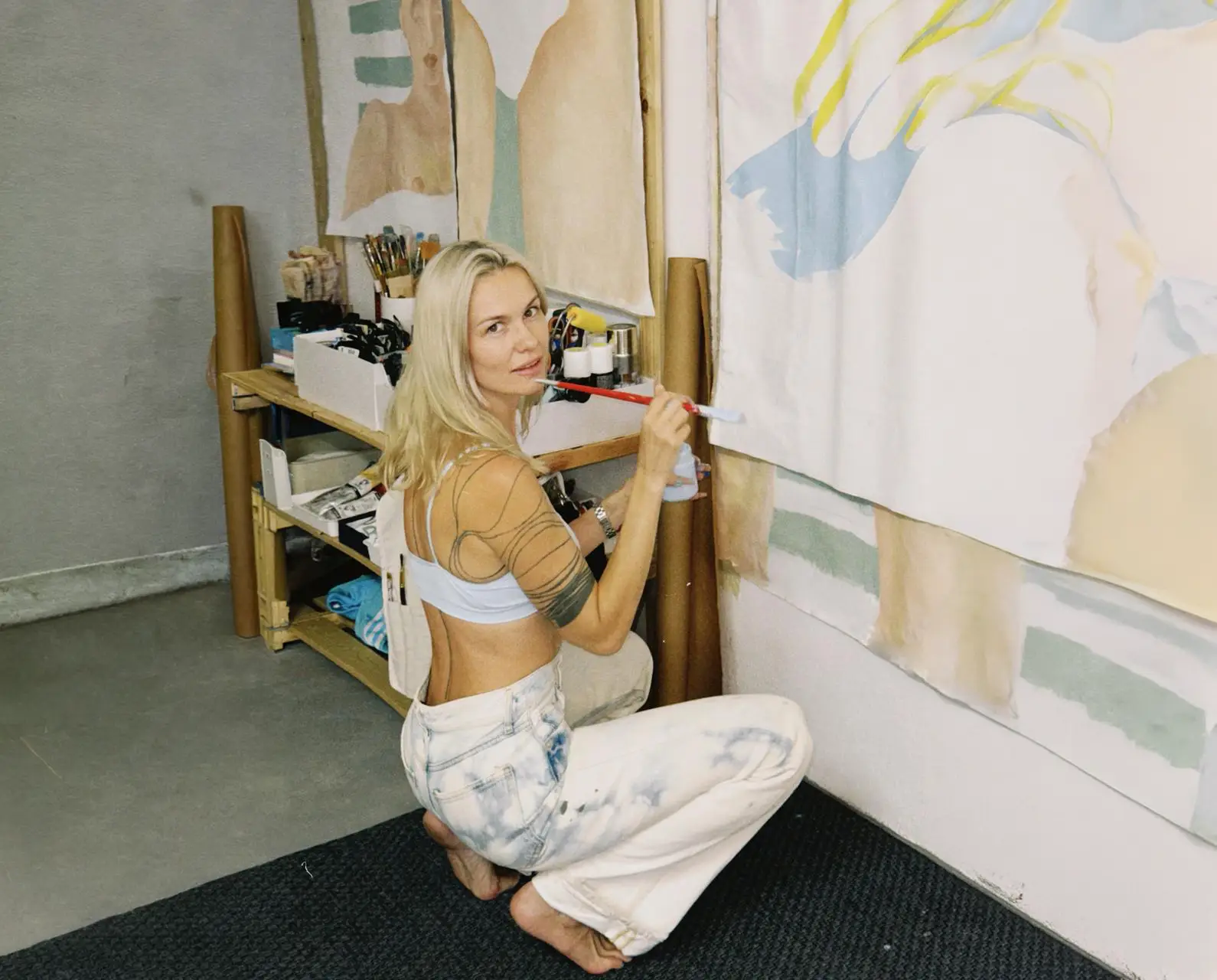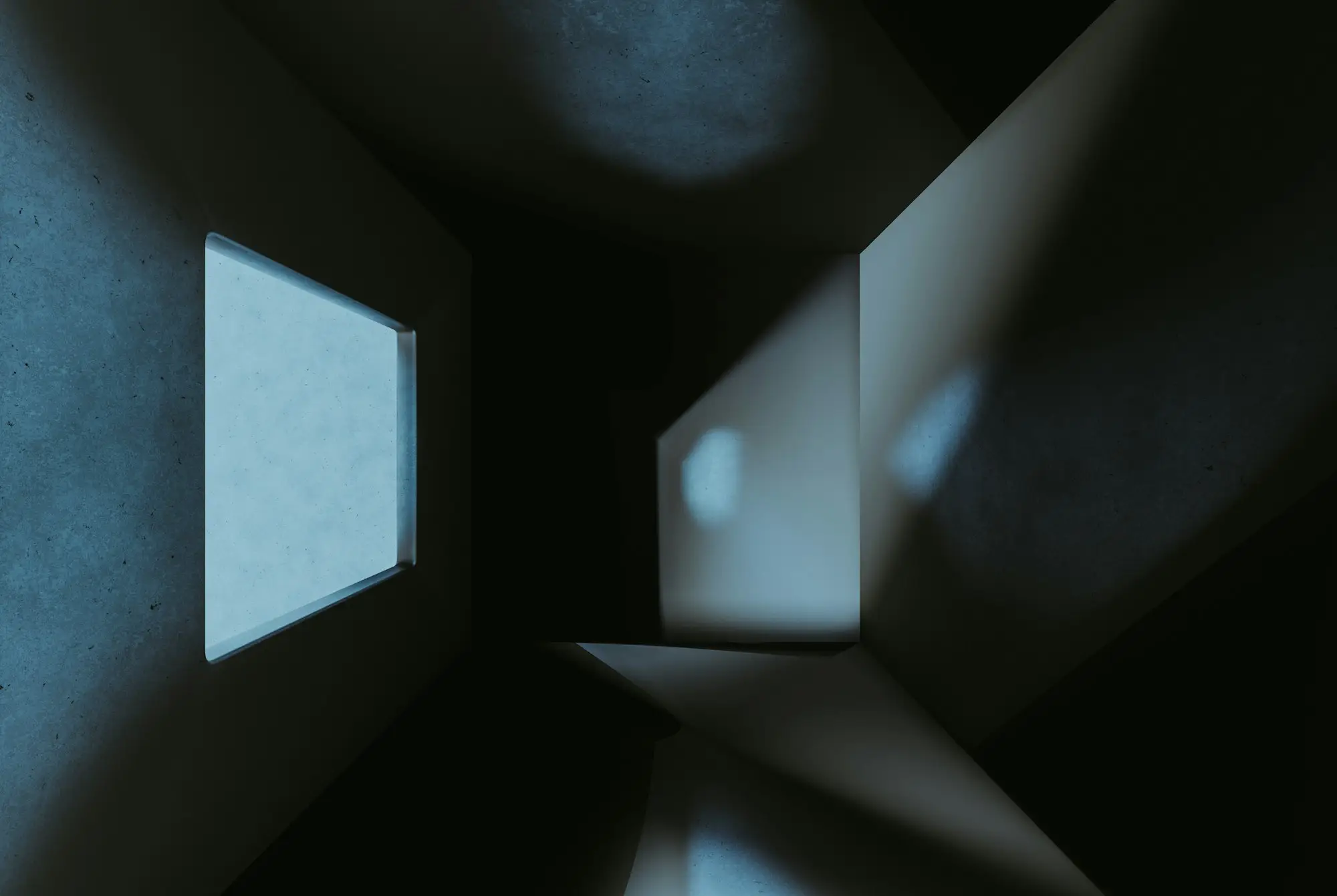Contemporary Japanese Artists: A Critic’s Guide
Japan’s studios buzz—ink, pixels, welded steel, algorithms. A postwar avant-garde tradition mixes with post-internet fluency, and the product is at once ceremonial and neon-slick. The field is wide, but if you’re coming in from outside looking for answers to who to care about now—and maybe to take home with you—this is an easy, generous guide.
What “Contemporary” Means Here: Bridges, Not Boxes
In Japan, “contemporary” doesn’t sever the rope to history. It tightens the knot. The postwar avant-garde (Gutai’s bodily action; Mono-ha’s material-and-space minimalism) set rules by breaking them. Later, Superflat collapsed high vs. low into a glossy plane and dared the market to blink. Today’s artists work like heirs and hackers: calligraphy next to LEDs; Buddhist cosmology inside anime palettes; a rock and a steel plate doing more with silence than some canvases do with color. Continuity is the point: the new extends the old, like ripples widening from the same stone.
Many Mediums, One Impulse
Painting, yes. But also performance, photowork, code, ceramics, environments you walk through and come out slightly rearranged. Yoko Ono’s instruction pieces turned action into poetry. Hiroshi Senju’s nihonga waterfalls use ancient pigments to render a present-tense sublime. teamLab spreads algorithms across rooms until you’re standing inside a moving drawing. It’s not about tools; it’s about attention. The medium is just the best suit for the idea that day.
Roots That Still Feed the Tree
Gutai’s provocation—do what no one has done—made the artist’s body the first brush. Atsuko Tanaka wired her own silhouette into a blinking diagram of modern life. Kazuo Shiraga painted with his feet, not as a gimmick but as a physics problem solved in oil. Mono-ha moved the drama into the air between things: a rock, a plate, the charged space in the middle. By the ’90s, Takashi Murakami and Yoshitomo Nara pulled pop culture into the salon and refused to apologize. Today’s scene borrows fluently: restraint from Zen, appetite from the market, reverence for craft from everywhere.
Editor’s Shortlist: The Names That Anchor the Conversation
Below—icons first, then a tight mix of established and emerging voices. If you want a personal starting list to collect from, consider this your shopping shortlist and viewing itinerary rolled into one.
Core Icons
Yayoi Kusama — Installation / Painting Polka dots, infinity rooms, and the sensation of being inside a mirrored thought. Kusama lives at the intersection of minimal repetition and maximal spectacle. The dots read as compulsion and cosmos both. Start here: If an infinity room is within a train ride, go. On the wall, early Infinity Nets reveal the composer behind the showrunner.
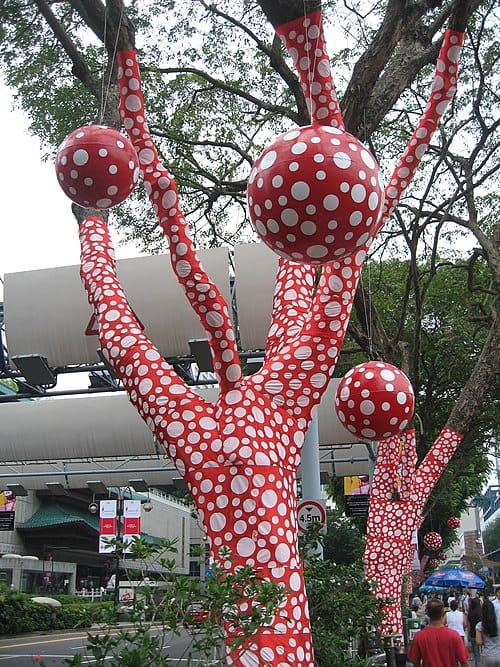
Takashi Murakami — Painting / Sculpture Superflat is a thesis and a brand strategy—a pop cosmology where Buddhist arhats and glossy flowers share a plane. Murakami treats “high vs. low” as an unhelpful myth. Start here: large canvases (The Broad, Mori), then editions via Kaikai Kiki. When he goes devotional, the work deepens and still smiles.
Yoshitomo Nara — Painting / Sculpture Big-eyed kids with adult weather systems. The brushwork looks simple until it doesn’t; the mood is punk, tender, and occasionally armed. Start here: prints and small works travel well in homes; the right painting can carry an entire room’s tone with one glower.
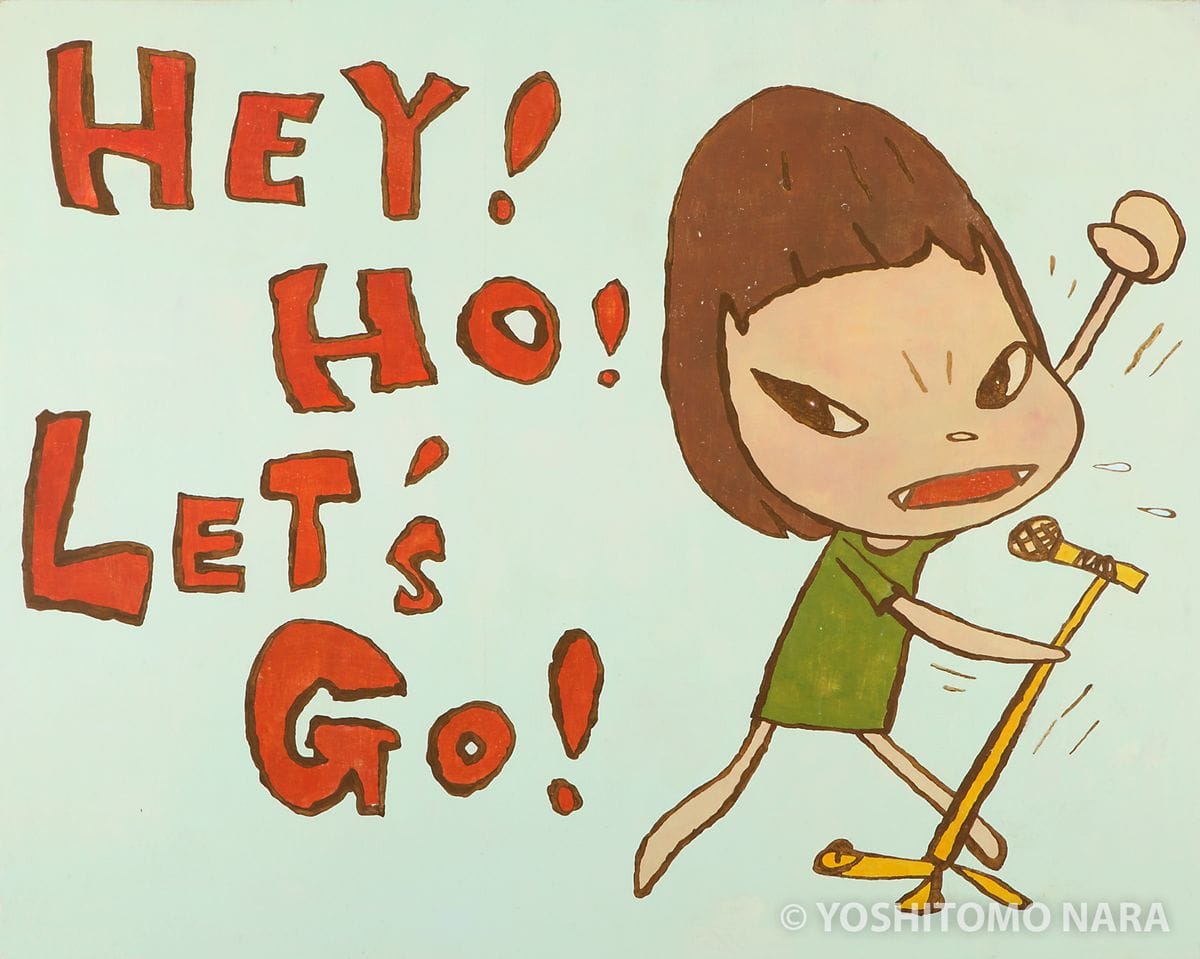
Yoko Ono — Conceptual / Performance Simple verbs, radical outcomes. Instruction pieces reframe making as invitation; Cut Piece remains electric. Start here: the Grapefruit book (for mind-set) and any museum survey that lets you experience the work’s social choreography.
Lee Ufan — Sculpture / Painting Mono-ha’s quiet force. A rock, a plate, a breath. Paintings with a single disciplined stroke and a universe of restraint around it. Start here: Naoshima’s Lee Ufan Museum, or a painting in a room that’s otherwise empty—on purpose.
Hiroshi Sugimoto — Photography Time rendered as a flat horizon or a white movie screen containing an entire film. The trick is not a trick; it’s patience. Start here: Seascapes (meditative), then theaters (conceptual delight), then architecture (Odawara’s Enoura Observatory as an art-space pilgrimage).
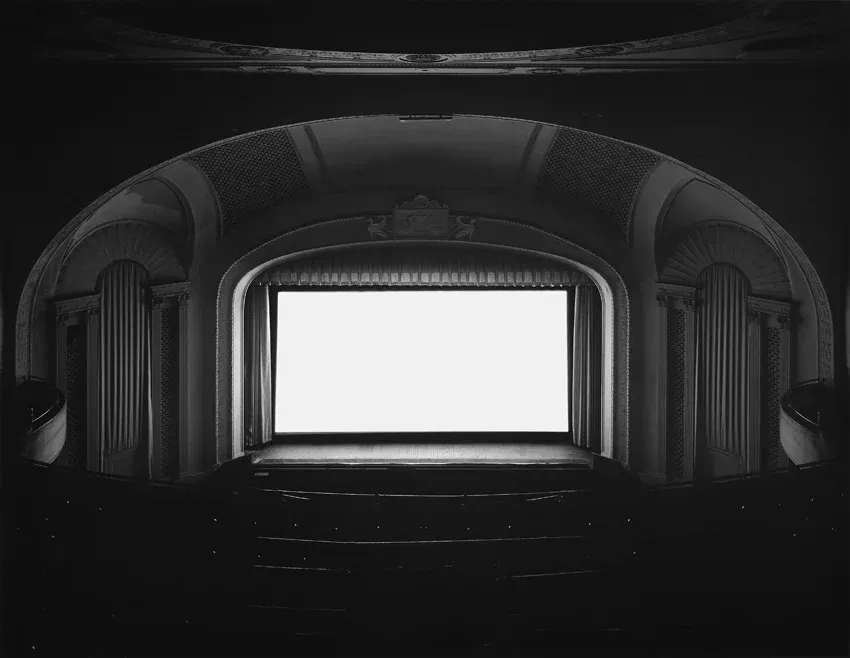
Established & Emerging Voices
Tatsuo Miyajima — LED / Installation Numbers counting, pausing, going dark—life cycles in blue voltage. Philosophical minimalism with a heartbeat. Start here: a large grid work; the room does the rest.
Chiharu Shiota — Thread / Installation A room filled with red or black thread, objects hung like memories. You move through loss, across connection, toward something unnamed. Start here: any walk-through installation; photographs only hint.
Yasumasa Morimura — Photography / Performance Self-portrait as art history’s mirror maze. Morimura becomes Mona Lisa, Marilyn, Olympia—an argument about identity wearing couture. Start here: the Requiem or Futago series.
Mariko Mori — Multimedia / Tech Futurist calm: brainwave pods, spiritual sci-fi, glowing forms that whisper rather than shout. Start here: Wave UFO if you can find it; otherwise, video works that stage serenity.
Makoto Aida — Painting / Mixed Media Japan’s imp of the perverse. Satire so sharp it occasionally draws blood. Start here: read wall text; the shock is the surface of a thought.
teamLab — Digital Collective A thousand collaborators, one moving garden. The walls bloom when you touch them. The floor answers back. Start here: Borderless/Planets—bring a friend who thinks they don’t like museums.
Abstraction, Focused: Five Touchstones
Kazuo Shiraga — Action painting with the human body as pendulum. The surface records the event. You feel the torque. Atsuko Tanaka — Electric Dress: a living diagram of mid-century desire and dread; abstraction worn like armor. Lee Ufan — Space doing the heavy lifting; the viewer completes the circuit. Nobuo Sekine — Earth removed, earth re-made: matter and void as twins. Toko Shinoda — Ink as sentence, silence as paragraph. A single stroke that reads like a poem.
Painting Today: Threads You’ll Notice
Three habits persist across wildly different canvases:
- Respect for materials. Mineral pigments on washi; oil that doesn’t feel rushed; brushwork with memory in it.
- Controlled color. Sometimes a mute palette that blooms slowly; sometimes pop at full volume, with intention.
- Dialogue with history. Edo-period flatness inside a Neo-Pop blast. Yamato-e structure under a Tokyo skyline. Punk lyricism hiding in a supposedly cute face.
Examples to anchor your eye:
- Murakami’s “The 500 Arhats”: a devotional epic built from cartoons and grief; a nation processed in acrylic.
- Nara’s “Knife Behind Back”: a room-sized mood in a small painting—tender menace, or menacing tenderness.
- Tanaka’s “Electric Dress”: the photograph becomes a theory of painting made of light.
- Kusama’s “Infinity Nets”: labor as trance; minimalism as autobiography.
How to Explore (and Collect)
In Tokyo
Mori Art Museum for surveys; teamLab Planets for immersion; MOMAT for the modern-to-contemporary bridge. Galleries in Ginza (established names) and Bakurocho/Tennozu (contemporary edge). If a Kusama infinity room is nearby, book the slot—proof that spectacle can be sincere.
Kyoto & Kansai
Kyoto City KYOCERA Museum and MoMAK love a smart juxtaposition: contemporary work framed by centuries. Osaka’s National Museum of Art nods to Gutai history and beyond. Expect restraint next to riot; it plays well here.
Art Islands
Naoshima is the postcard—Kusama’s yellow pumpkin on a pier; Ando’s quiet architecture; Turrell’s light. Teshima and Inujima widen the conversation. The ferry ride is part of the piece.
If You’re Not Boarding a Plane
Museums have deep online archives; galleries run viewing rooms; documentaries and talks live a click away. Platforms like Artsy and Ocula let you browse, compare, inquire. Subjektiv’s collections bring vetted works (originals, prints, editions) into one place—so you can look slowly, then decide quickly.
Buying, Prudently
- Start with love; confirm with research. Read the artist statement; check exhibition history; understand edition sizes.
- Work with trusted partners. Reputable galleries, recognized marketplaces, documented provenance.
- Support the living. Emerging artists’ prices are accessible; your purchase funds the next body of work.
- Consider scale and context. A Nara print can reset a study; a Shinoda lithograph brings calm to a corridor; a small Kusama pumpkin edition puts a grin on a shelf for years.
On subjektiv.art we curate for clarity—strong provenance, clear edition notes, realistic shipping quotes. If you’re torn between two works, ask for a side-by-side mockup; we’ll help you “see” it at home.
Quick FAQ
Who are the most influential contemporary Japanese artists now? Kusama (installation/painting), Murakami (Superflat), Nara (neo-pop intimacy), Ono (conceptual/performance), Lee Ufan (Mono-ha minimal), Sugimoto (photography). Add Tanaka and Shiraga as the quiet engines behind much of what followed. TeamLab for scale and public imagination.
How do postwar movements connect to today? Gutai → body/process; Mono-ha → material/space; Superflat → image/market. Contemporary practice doesn’t erase these lines—it traces them, then loops new ones on top.
Where should I start with abstract work? Shiraga (motion), Lee (stillness), Shinoda (ink). Notice how process carries meaning. If you feel calmer, or more alert, standing in front of a “quiet” piece—that’s the point.
What defines the best Japanese painting today? Range and rigor. Technique that’s felt but not flaunted. Concept that clarifies, not clutters. Palettes that either whisper or sing—never mumble.
Where can I see or buy right now? Major museums (MoMA, Tate, Mori), traveling retrospectives, art fairs (Art Fair Tokyo), and—without leaving your chair—curated selections on subjektiv.art. If you want something specific (a Shinoda litho, a Nara print, a teamLab small-format piece), tell us your budget and wall size; we’ll shortlist options.
Final Nudge (Because You’re Probably Already Imagining a Wall)
Japanese contemporary art travels well—from the museum to your living room, from the reading you’ve done to the feeling you want when you walk past a piece every day. A Kusama dot field can tidy the mind. A Nara gaze can hold the room. A Shinoda stroke can teach a hallway how to breathe.
Browse Subjektiv’s current selections for Contemporary Japanese Artists—originals, editions, prints—and let’s match one to your space. Look closely. Then choose the one that keeps looking back.

